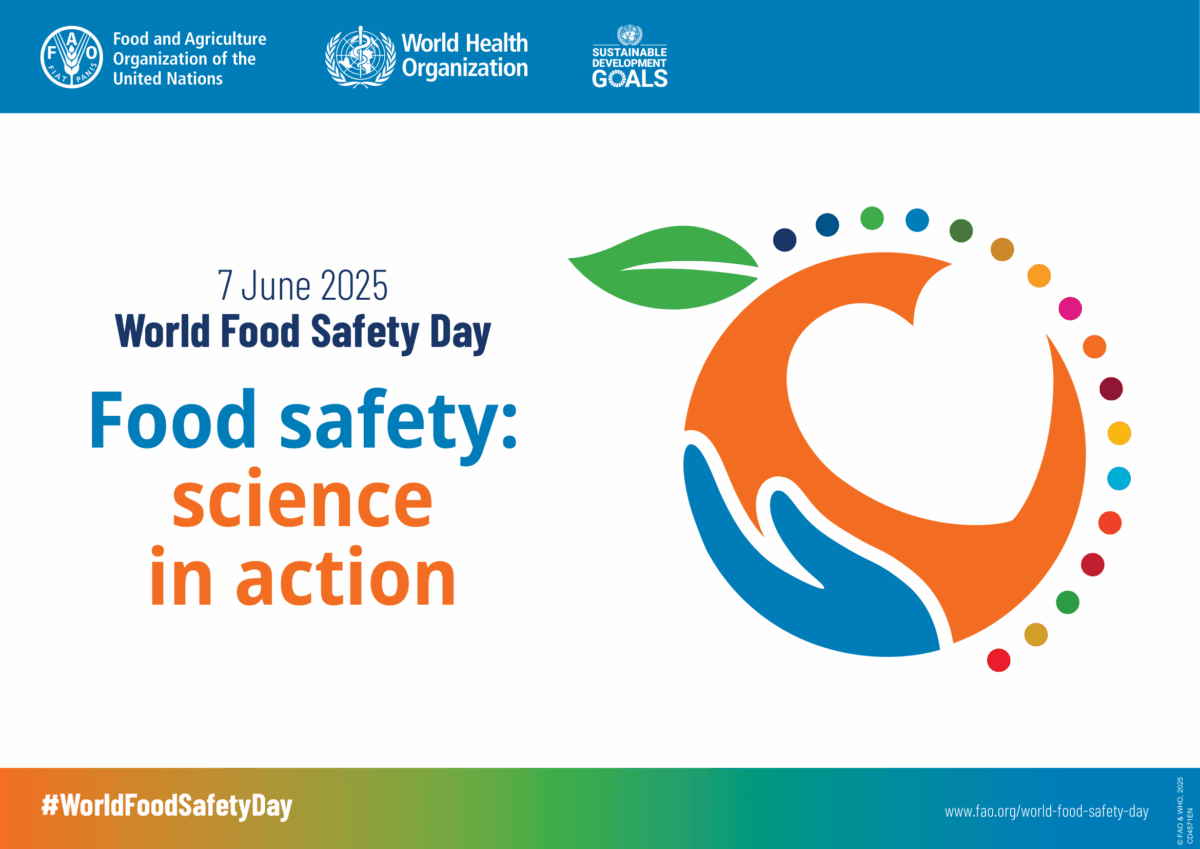Earlier this week, the World Health Organization (WHO) released new guidelines that emphasized the critical role that marketers must play in safeguarding children’s health. The WHO underscored the need for tighter regulations to protect children from the adverse effects of food marketing. This directive of marketing food to children carries profound implications, demanding a significant shift in child-focused marketing strategies.
The marketing of food products that are high in saturated and trans fats, free sugars and/or salt, known as HFSS, has been a subject of debate. The WHO’s research indicates that such advertising can shape children’s dietary preferences, promote unhealthy food intake and pave the way for potential health issues like obesity and heart disease.
“Aggressive and pervasive marketing of foods and beverages high in fats, sugars and salt to children is responsible for unhealthy dietary choices,” said Dr. Francesco Branca, director of the WHO’s Department of Nutrition and Food Safety, in a news release. “Calls to responsible marketing practices have not had a meaningful impact. Governments should establish strong and comprehensive regulations.”
Related: New WHO Guidance Advises Against Sugar Substitutes for Weight Loss
The WHO’s new guidelines recommend compulsory regulation on marketing HFSS foods and non-alcoholic beverages, underscoring that previous voluntary measures have been inadequate. This shift to obligatory rules marks an urgent call for marketers involved in marketing food to children to revisit their strategies and contemplate their contribution to public health.
The guidelines expressly discourage tactics that take advantage of children’s susceptibilities, such as utilizing cartoons, offering toy giveaways, catchy songs and celebrity endorsements. This necessitates marketers to be more innovative and ethically conscious in their approach to marketing food to children.
Challenges and New Directions in Marketing Food to Children
It is likely that some will see these new changes as restrictive, particularly as it curbs familiar marketing tactics traditionally used to attract children. While initially perceived as hurdles, they should instead be viewed as an opportunity for marketers to reshape their strategies and push their creative boundaries, leading to a transformative shift within the industry.
Marketers now have an open field to devise campaigns that effectively balance the dual objectives of fostering company growth and promoting public health. This shift calls for marketing that appeals to children, parents and caregivers alike, emphasizing the nutritional value and health benefits of food products instead of merely relying on promotional tricks.
Moreover, this shift encourages the industry to formulate healthier options and market them persuasively. It promotes competition, not just in branding and sales, but also in creating the healthiest products for our children.
The Role of the Marketing Industry in Children’s Health
Many people believe that the primary goal of the marketing industry is to push products and boost sales. From this standpoint, children’s health is seen as the responsibility of parents, educators and public health authorities, not marketers; however, there’s growing consumer demand for brands to act responsibly and contribute positively to societal health.
Broadly speaking, these guidelines encourage the marketing industry to assume an active role in the health of children, an impact that extends beyond immediate business goals. This new role sees marketers as not just promoters of products, but also contributors to the larger societal objective of nurturing healthier generations.
Thus, while this new path may seem challenging initially, it actually opens doors to broader horizons. It spurs the industry to create marketing campaigns that positively impact children’s health and explore how business growth can coexist with public well-being.
The Shift in Marketing Food to Children: An Opportunity?
Conforming to the WHO’s new guidelines offers an opportunity for marketing managers to innovate and market their food products more ethically. This calls for a multitude of strategies, many of which rest on companies’ willingness to devise and introduce healthier alternatives to their current offerings. Let’s look into some of the following strategies that companies could explore:
- Emphasize nutritional benefits: Highlight your products’ nutritional content as a selling point. Emphasize the healthy ingredients and their benefits in your product. If necessary, reformulate products to enhance their nutritional value.
- Target parents: Redirect your marketing efforts towards parents, who generally make the buying decisions for food products. Educate them about the nutritional advantages of your products and how they contribute to a balanced diet.
- Promote healthy lifestyles: Market a lifestyle rather than just a product. Design campaigns that promote physical activity, balanced eating habits and overall well-being. This approach positions your brand as one that values its consumers’ health.
- Develop healthier alternatives: If your company is involved in marketing HFSS products, contemplate developing healthier substitutes. This not only offers consumers more choices but also extends your target market to include health-conscious consumers.
- Encourage transparency and education: Be honest about your product’s nutritional content and provide consumers with information on how your product fits into a nutritious diet.
The shift in marketing food to children, as endorsed by the WHO guidelines, might be challenging, but it’s an opportunity for growth and innovation within the food and beverage industry.












Join or login to leave a comment
JOIN LOGIN